Search Images
Browse Content (p. 1595)
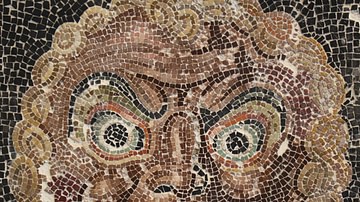
Image
Theatre Mask Mosaic
A Roman theatre mask mosaic, 1st century BCE. From a private villa in the area of Villa Ruffinella, Rome. Palazzo Massimo, Rome.
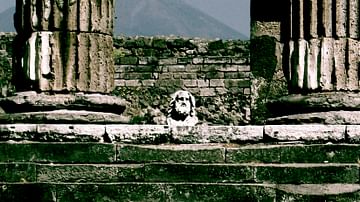
Image
Head of Jupiter
The head of a statue of Jupiter in the Temple of Jupiter, Pompeii
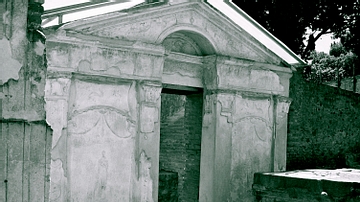
Image
Pompeiian House
Facade of a house in Pompeii
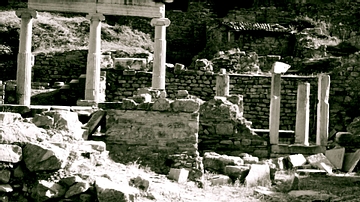
Image
Ephesus
Ruins of the ancient city of Ephesus in Turkey
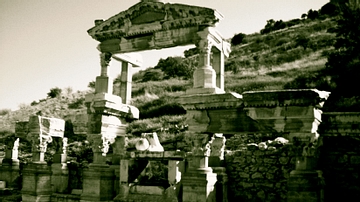
Image
Facade in Ephesus
Facade on the Main Street of the ruins of Ephesus, Turkey
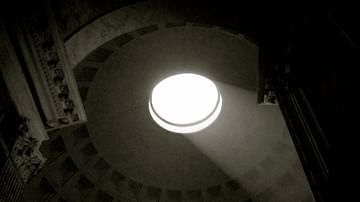
Image
Dome of the Pantheon
Light entering the oculus of the Pantheon in Rome
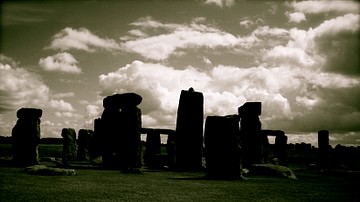
Image
Stonehenge, Amesbury, UK
Stonehenge in Amesbury, Wiltshire, UK
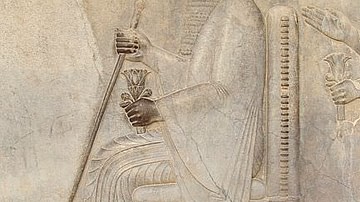
Image
Relief of Darius I from Persepolis
Relief of Darius I from Persepolis, 522-486 BCE
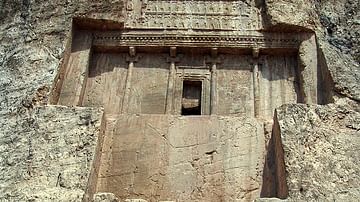
Image
Tomb of Darius I, Naqsh-e Rustam
Tomb of Darius I, Naqsh-e Rustam, near Persepolis, Iran, c. 522–486 BCE
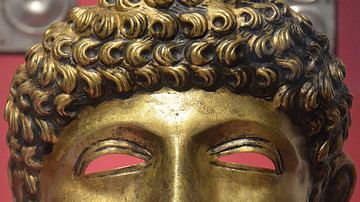
Image
Golden Cavalry Face Mask
Golden Cavalry Face-Mask Helmet (Type Ribchester) dating from 80-125 CE, found on the bed of the Corbulo Canal (Fossa Corbulonis) near the Roman fort of Matilo (modern Leiden). (Rijksmuseum van Oudheden, Leiden, Netherlands)